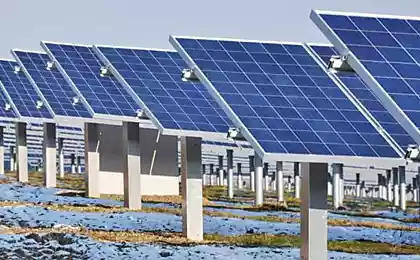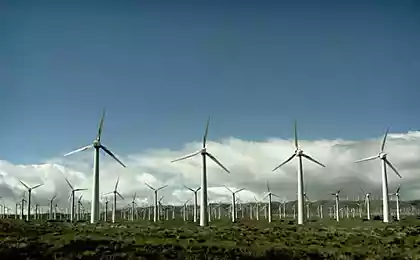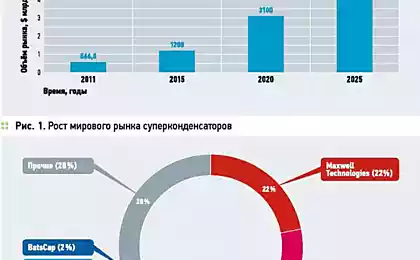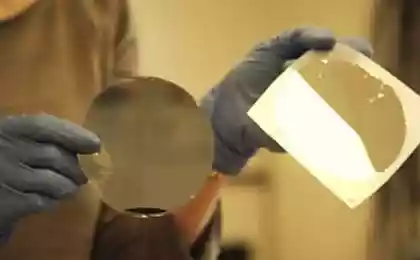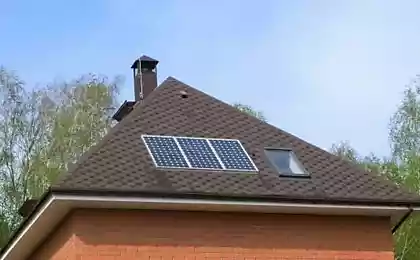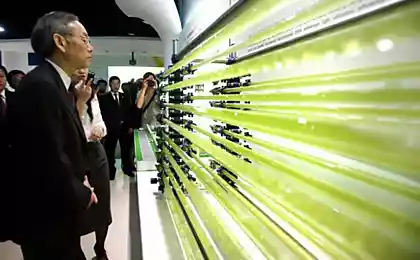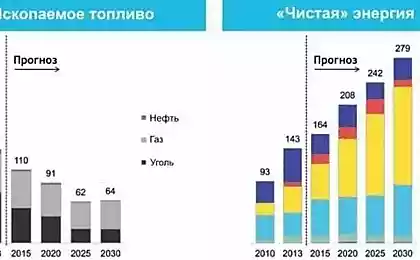609
"Solar paint" source of renewable energy
Solar panels are currently the most preferable option for those who decided to abandon traditional energy sources in favor of renewable. However, to call it still does not work because of the high cost of the equipment. Perhaps, the development of the University of Toronto will help to circumvent this problem, making green energy more affordable.
"Solar paint" will make renewable energy more affordable, a Group of scientists made a scientific breakthrough in the design area flexible solar cells, which are distinguished by affordable pricing. According to the authors of the project, their ideas would help millions of people to use solar panels anywhere in the world. All thanks to the special nanoparticles. The developers call them "colloidal quantum dots". Their structural feature allows not to lose their electrons during contact with air.
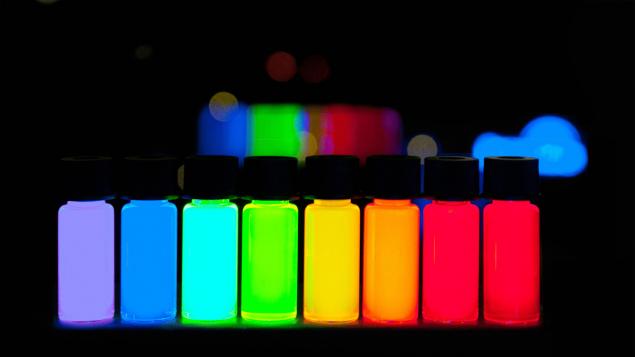
The effectiveness of an innovative material exceeds the capacity of all currently known types of solar panels. And the method of application allows to use them everywhere. They can be applied or printed on the profile pipes, walls, roofs and various other surfaces, if desired, creating a "solar drawings", which will generate heat. Also new development can be used not only for efficient conversion of solar energy, but development of more sophisticated in terms of technology, infrared lasers, sensors, light emitting diodes and other equipment. The ability of colloidal quantum dots to work with a much larger amount of sunlight is based on the discovery of a new material that protects the conductor from unwanted changes. The result is rich in electrons semiconductor of n-type converts to the electron poor semiconductor, p-type as soon as it starts to contact with air. It is known that material of this type greatly reduces the efficiency of solar panels.
Material of new generation will allow in the future to create a fundamentally new device architectures that runs on the energy of the Sun. As the binder molecules of the iodide showed almost ideal characteristics for becoming the optimal ligand for the data of quantum solar energy sources.
The researcher Zhijun Ning notes that such stability and efficiency in the open air was not able to demonstrate any one of the materials. More about the promising results of the project are available in the scientific journal Nature Materials.
Source http://zeleneet.com/
Source: /users/1081
"Solar paint" will make renewable energy more affordable, a Group of scientists made a scientific breakthrough in the design area flexible solar cells, which are distinguished by affordable pricing. According to the authors of the project, their ideas would help millions of people to use solar panels anywhere in the world. All thanks to the special nanoparticles. The developers call them "colloidal quantum dots". Their structural feature allows not to lose their electrons during contact with air.

The effectiveness of an innovative material exceeds the capacity of all currently known types of solar panels. And the method of application allows to use them everywhere. They can be applied or printed on the profile pipes, walls, roofs and various other surfaces, if desired, creating a "solar drawings", which will generate heat. Also new development can be used not only for efficient conversion of solar energy, but development of more sophisticated in terms of technology, infrared lasers, sensors, light emitting diodes and other equipment. The ability of colloidal quantum dots to work with a much larger amount of sunlight is based on the discovery of a new material that protects the conductor from unwanted changes. The result is rich in electrons semiconductor of n-type converts to the electron poor semiconductor, p-type as soon as it starts to contact with air. It is known that material of this type greatly reduces the efficiency of solar panels.
Material of new generation will allow in the future to create a fundamentally new device architectures that runs on the energy of the Sun. As the binder molecules of the iodide showed almost ideal characteristics for becoming the optimal ligand for the data of quantum solar energy sources.
The researcher Zhijun Ning notes that such stability and efficiency in the open air was not able to demonstrate any one of the materials. More about the promising results of the project are available in the scientific journal Nature Materials.
Source http://zeleneet.com/
Source: /users/1081






